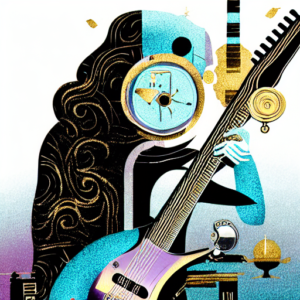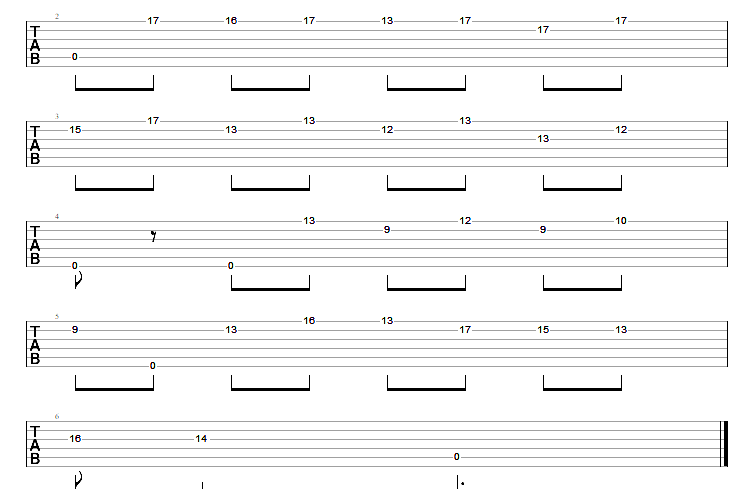Pedal Tone for Neoclassical Shred and Beyond

Greetings fellow Shred guitarist! Today I want to give you a brief history of the pedal tone and how it came to be a staple in neoclassical shred guitar.
So what exactly is a pedal tone? Simply put, it is a note that is continuously returned to that acts as a foundation or “pedal” for the rest of the musical piece. When changing notes of a melody or changing the harmony, the pedal tone’s harmonic context changes leading to a powerful and dramatic sound.
But before we dive into the world of neoclassical shred, let’s start at the beginning.
Why is it called a pedal tone?
The pedal tone is a technique that has been used in music for centuries, dating back to the Baroque period where it was first utilized on organs.
You see, on a pipe organ, the pedals allow the organist to sustain a bass note by activating a mechanism that keeps the valves open, allowing air to continue flowing through the pipes. Because of the pneumatic mechanism of the old pipe organs, only one pedal bass note could be played at a time and, if you held one down with one foot and played other notes with the other foot, every time you changed notes, the lowest or highest pitch (depending on the organ) held down will sound in between the other notes.
pedal tone as a technique for guitar

The sound of going back to a single note in between all the notes of a melody or passage was eventually adopted by guitar players who used a variety of methods to achieve a similar effect.


In shred guitar, the pedal tone is often used to create a sense of intensity and drama, and can be achieved by using a variety of techniques such as legato, alternate picking or two hand tapping.
Now, let’s talk about neoclassical shred guitar. This style of playing, which emerged in the 1980s, combines elements of classical music with the speed and technicality of traditional shred guitar. And where would neoclassical shred be without the pedal tone? This technique is an integral part of the genre, and is used to create intricate and complex melodies that showcase the player’s skill and musicianship.
Morgan Wick from Guitar Control demonstrating a killer neoclassical arpeggio sequence using pedal tones
diverse application of the pedal tone
But the pedal tone isn’t just for neoclassical shred guitarists – it can be used in a variety of genres and styles. From rock to jazz to blues, the pedal tone is a versatile and essential technique for any guitar player.
So there you have it – the history and significance of the pedal tone in music, and particularly in the world of shred guitar. I hope you’ve enjoyed this little lesson, and that you’ll consider incorporating the pedal tone into your own playing.
Shred on!




